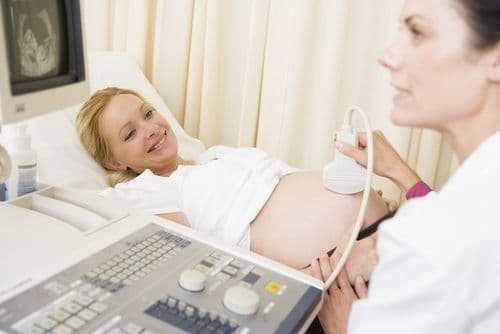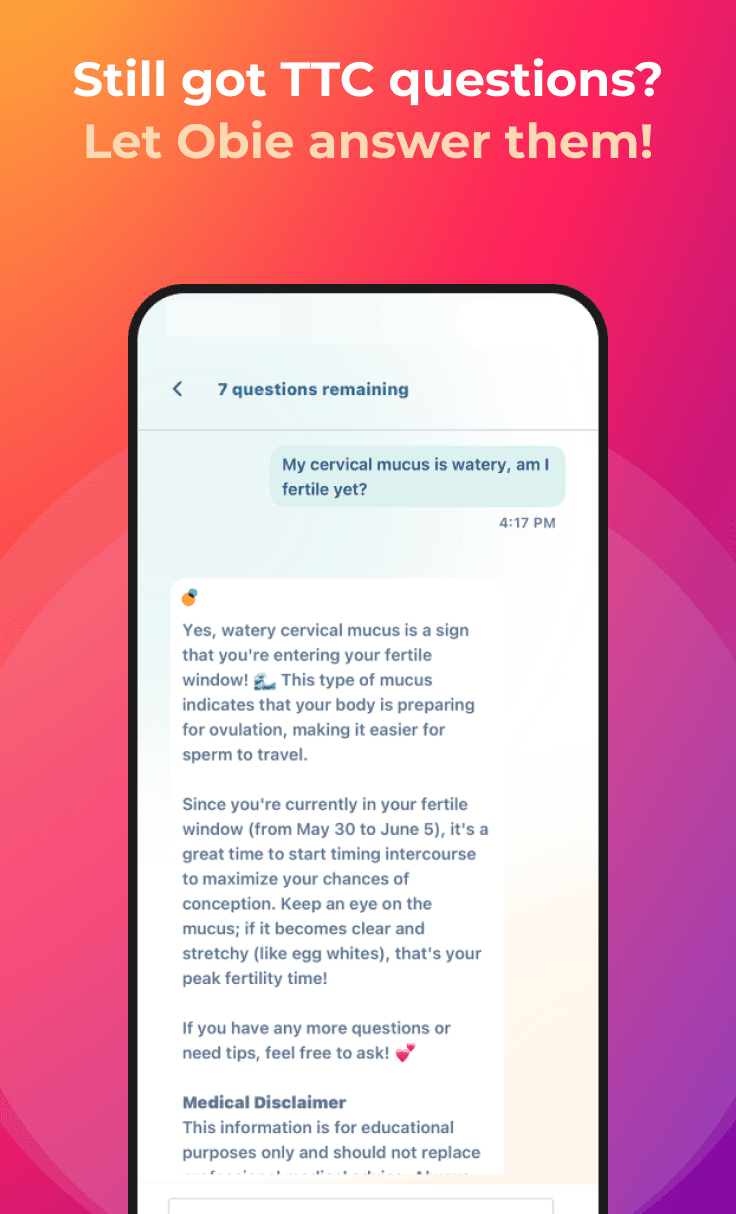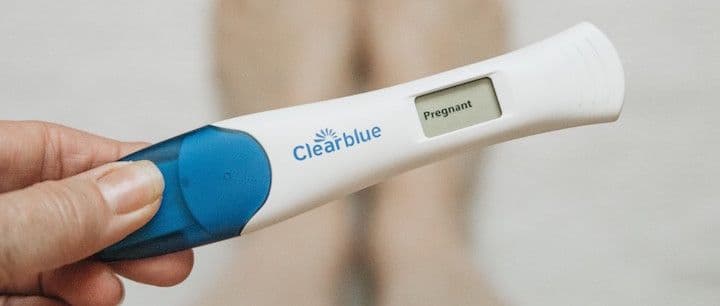What is a Biophysical Profile Score?
Prenatal Testing
Obie Editorial Team

What is a biophysical profile (BPP)?
The biophysical profile (BPP) combines a nonstress test (NST), with an ultrasound examination checking for four different parameters. Each of the 4 ultrasound parameters plus the non-stress test gives a score between 0 and 2, and are added up for a total maximum score of 10.
The ultrasound part of the biophysical profile exam checks four different indicators:
- Fetal tone
- Fetal breathing
- Fetal movements
- Amniotic fluid volume
The interpretation of the BPP score depends on the clinical situation. In general, a score of 8 or 10 is considered normal, while a score below 8 usually requires further evaluation or delivery of the baby, though some individual scores may be more important than others.
Several decades ago, in the dark ages of obstetrics, the only tools doctors had to check the fetus during pregnancy was to measure the size of the uterus and listen to the fetal heart beat.
In the late 1960’s and early 1970’s, doctors discovered that changes in the fetal heart rate could predict certain problems and electronic fetal heart rate is now widely utilized to monitor the fetus in pregnancy.
Nonstress Test (NST)
The nonstress test (NST) has mostly replaced the contraction stress test (CST), also known as the stress test, which in the late 1970’s was one of the first fetal monitoring tests to check the fetus before labor. The NST requires placement of a fetal monitor on the mother’s abdomen and interpretation of the fetal heart rate’s response to fetal movements. It generally takes only 20-30 minutes and does not require hospital admission or an IV.
The interpretation of the NST alone can sometimes be misleading, because of an increase in “false-positive” tests. Oftentimes even though there are no problems with the baby, the NST is abnormal and it’s difficult to decide what to do next.
The biophysical profile (BPP) decreases the number of false positive tests by combining the NST with an ultrasound examination. The BPP takes about 20-60 minutes and like the NST, the BPP can be done as an outpatient. No IV is needed, but it requires an ultrasound machine and it can usually only be done by personnel trained in the procedure.
BIOPHYSICAL PROFILE SCORE
|
|
Normal (Score=2) |
Abnormal (Score =0) |
|
|
Nonstress test |
Reactive |
Nonreactive | |
|
Fetal tone |
One or more extensions of arm/leg; closing of hand |
No or slow movements | |
|
Fetal breathing movements |
One or more lasting at least 30 seconds within a 30-minute interval |
No FBM in 30 minutes | |
|
Gross body movements |
3 or more discrete body/limb movements in 30 min |
Less than 3 in 30 min | |
|
Amniotic fluid volume |
At least one pocket of amniotic fluid 2 cm or more |
No amniotic fluid pockets | |
|
|
INDICATIONS FOR A BIOPHYSICAL PROFILE
- Postdate pregnancies
- High blood pressure
- Gestational diabetes mellitus (GDM)
- Multiple gestation (twins, triplets)
- Decreased amniotic fluid (oligohydramnios)
- Small baby (IUGR, Intrauterine growth restriction)
- Placental abnormality
- High Risk Pregnancy (e.g. heart or renal disease, lupus)
- Previous unexplained fetal demise
- Decreased fetal movement
- Premature rupture of fetal membranes
- Other indications to check the fetus
Read More












